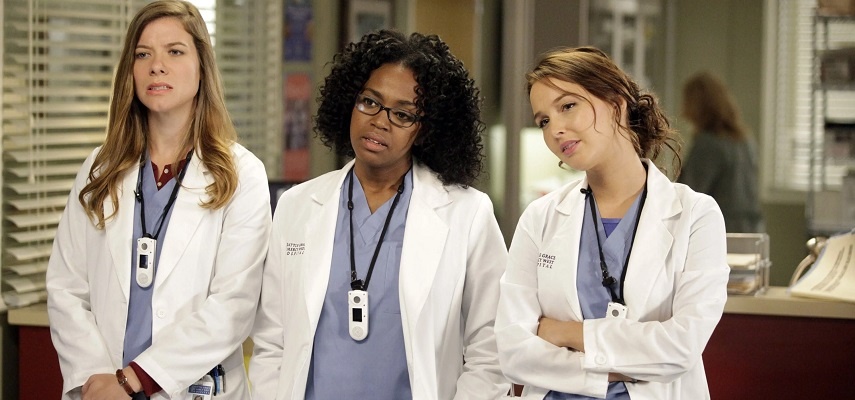During 2019/20 there were around 11,700 medical negligence claims reported to NHS England, the highest reported figure since 2014/15. But there are hopes that technology can remove this problem between medical professionals and patients. Below, we explore how technology might help reduce cases of medical negligence.
Machine learning
Machine learning holds the key to much of what technology can offer the field of medicine. By training machines to recognise patterns within algorithms, you can get computers to sift through enormous data sets looking for specific results. This has the potential to make healthcare more efficient and to allow doctors to focus on the most important tasks.
Diagnosis
One of the main ways that machine learning can help is in diagnosis. By setting the right algorithms, machines will be able to scan through symptoms and suggest the correct course of action for each patient. This can help doctors discover potential medical problems sooner while also helping to come up with effective treatment.
Procedures
Technology is also making procedures simpler and easier to complete all the time. Machines can help reduce the chances of human error, plus they can reduce the time needed for an operation. This can reduce the cases of medical negligence while also allowing doctors to spend more time on different tasks throughout the day.
Removing the blame game
Machine assistance will also lower medical negligence cases as it removes blame. If both a doctor and a machine come to the wrong diagnosis, then it should be easier to accept for a patient. If a human makes an error then you can wonder if it’s incompetence. But if a human and a machine came to the same erroneous conclusion, then it’s easier to see that there wasn’t enough data available with the condition.
Removing specialty bias
In healthcare, medical professionals will often suggest a diagnosis related to the field they specialise in – surgeons are more likely to recommend surgery than non-surgery. However, the use of technology can help remove this bias. By working with diagnostic machines, specialists can lean on them for help on evaluating diagnoses outside of their field.
Technology is set to make healthcare safer in the future. Be it through more accurate diagnoses or more efficient procedures. And the upshot is that there will be fewer medical negligence cases and better peace of mind for patients.


































